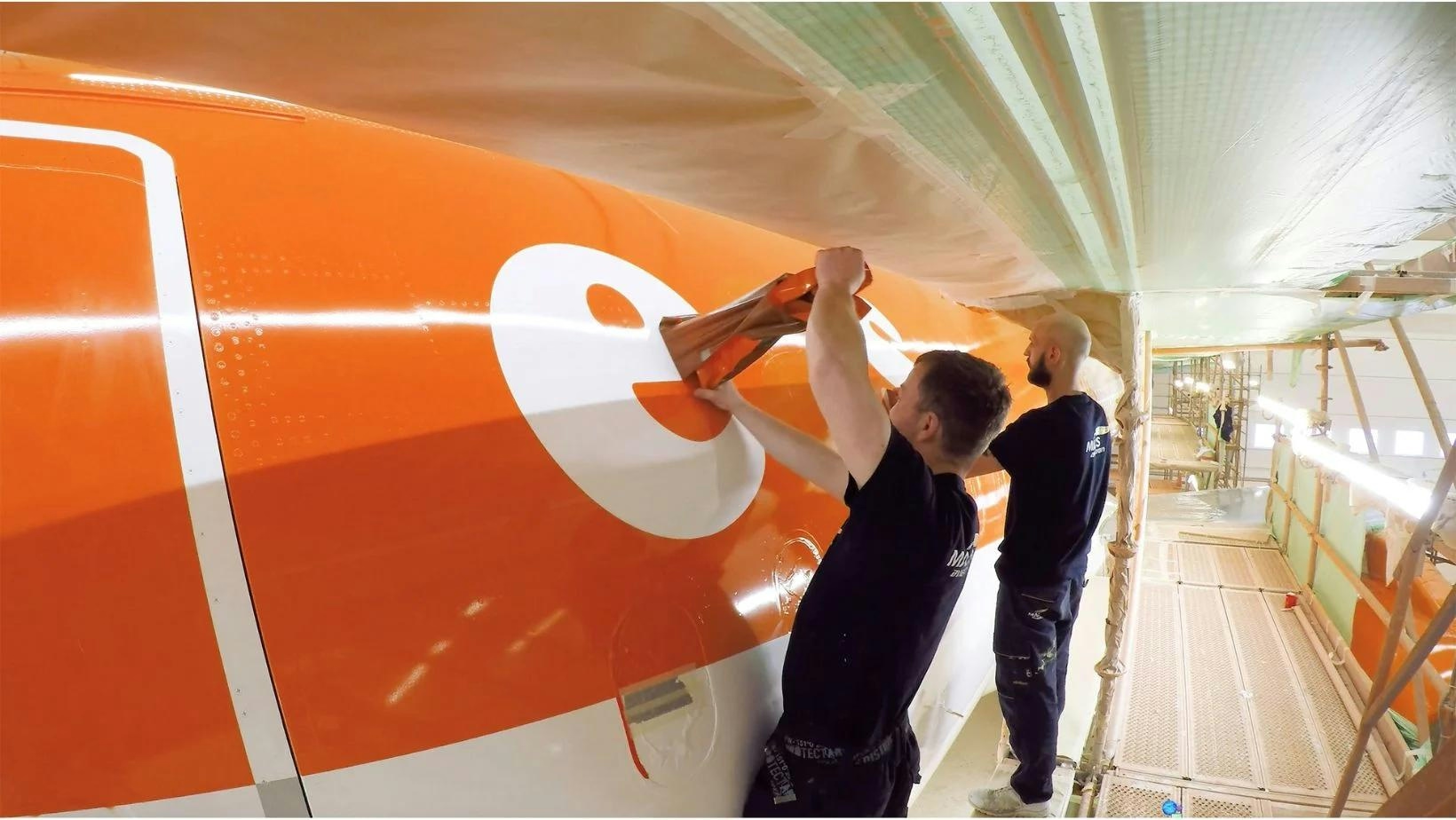
AeroGenie: Su copiloto inteligente.
Tendencias
Categories
Aviation Chemicals Market Projected to Grow from $7.1 Billion in 2025 to $10.8 Billion by 2032
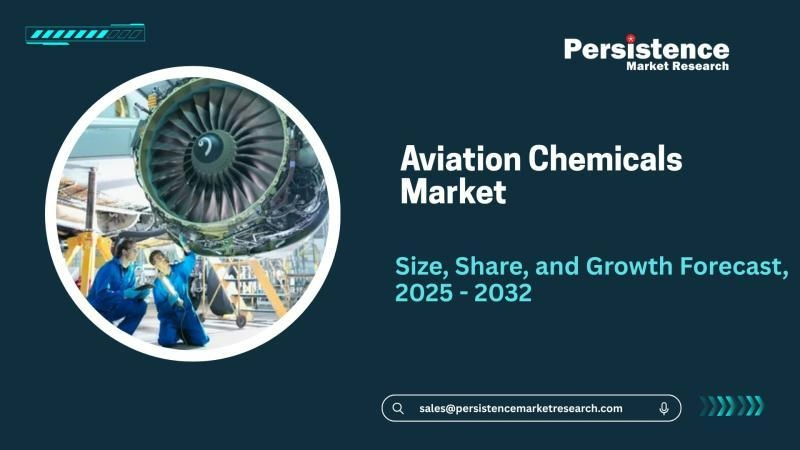
Aviation Chemicals Market Projected to Grow from $7.1 Billion in 2025 to $10.8 Billion by 2032
The global aviation chemicals market is anticipated to experience substantial growth, with its valuation expected to increase from $7.1 billion in 2025 to $10.8 billion by 2032. This growth, corresponding to a compound annual growth rate (CAGR) of 6.2%, is driven by rising air travel demand, ongoing fleet modernization efforts, and stringent regulatory frameworks governing aviation safety and environmental standards.
Aviation chemicals are indispensable in the maintenance, repair, and operational efficiency of aircraft. These specialized substances are utilized for cleaning, lubrication, corrosion protection, painting, and surface treatment, all of which are critical to ensuring aircraft safety and performance.
Drivers of Market Expansion
The surge in global air traffic, propelled by increasing disposable incomes, the expansion of low-cost carriers, and growing tourism—particularly in regions such as Asia Pacific, the Middle East, and Latin America—has led airlines to expand their fleets. This expansion directly increases the demand for aviation chemicals, as each aircraft requires regular maintenance and cleaning to remain operational and safe.
Simultaneously, airlines are investing heavily in fleet modernization to improve fuel efficiency and meet evolving environmental regulations. Newer aircraft, often constructed from advanced composite materials and high-performance alloys, necessitate specialized chemical products tailored to these sensitive materials. This trend is accelerating the adoption of innovative, high-performance chemicals that maintain safety standards while addressing the unique maintenance needs of modern aircraft.
Regulatory bodies worldwide enforce rigorous standards related to maintenance, safety, and environmental impact. These regulations mandate the use of certified, high-quality chemicals that comply with strict criteria concerning flammability, toxicity, and ecological effects. Consequently, chemical manufacturers are compelled to innovate and produce aviation-grade products that satisfy these stringent requirements.
Technological advancements in chemical formulations are further enhancing the market. The development of more effective and environmentally friendly products aligns with the aviation industry's increasing focus on sustainability. Manufacturers are prioritizing reductions in toxicity and improvements in biodegradability without compromising safety or performance.
Challenges and Industry Adaptations
Despite promising growth prospects, the aviation chemicals market faces significant challenges, particularly supply chain disruptions. These disruptions pose substantial financial risks to airlines, with potential costs exceeding $11 billion in 2025 due to factors such as excess fuel consumption, additional maintenance requirements, increased engine leasing, and surplus inventory management. These pressures are driving airlines and suppliers to pursue more resilient and efficient operational strategies.
In response, the industry is witnessing a growing emphasis on sustainable aviation fuel (SAF), with the SAF market projected to reach between $38 billion and $40 billion by 2034. Additionally, the adoption of artificial intelligence and automation technologies is gaining momentum as a means to enhance operational efficiency and scalability. This trend is evident not only in aviation but also in related sectors, including agricultural fumigants, reflecting a broader move toward technological integration.
Market Outlook
As global air travel continues to recover and sustainability remains a central concern, the aviation chemicals market is expected to sustain its growth trajectory. The sector’s future will be shaped by ongoing innovation, adherence to regulatory standards, and the capacity of industry stakeholders to manage supply chain complexities while advancing toward greener and more efficient operations.

United Airlines Integrates AI into Mobile App
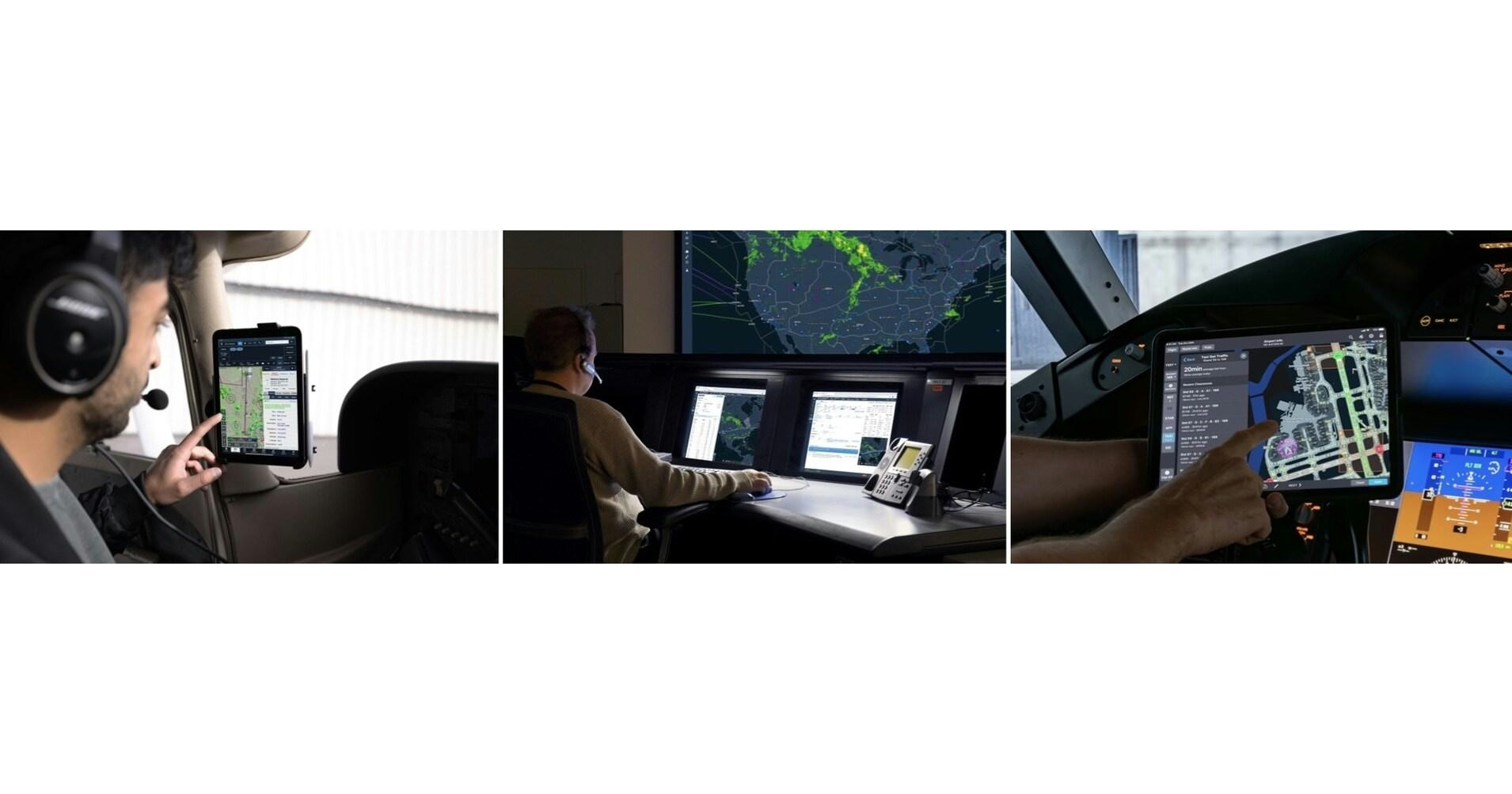
Jeppesen ForeFlight Names New Executives to Lead Aviation Initiatives
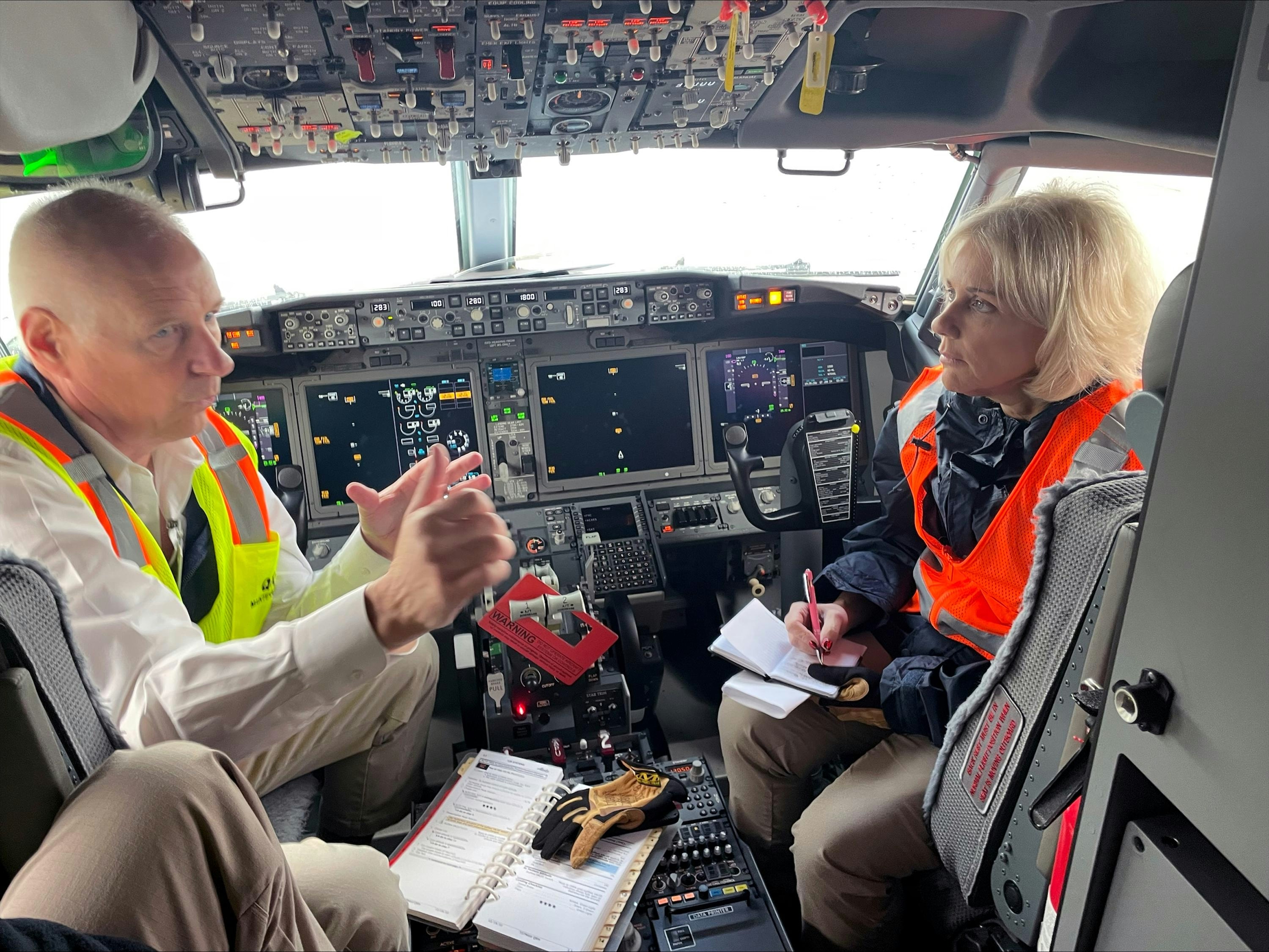
737 MAX Engine Shuts Down Mid-Flight After Cockpit Sun Visor Detaches

Air Taxis Are Not a Viable Solution to Broward’s Traffic Problems

The Vision Jet and the Future of Personal Aviation
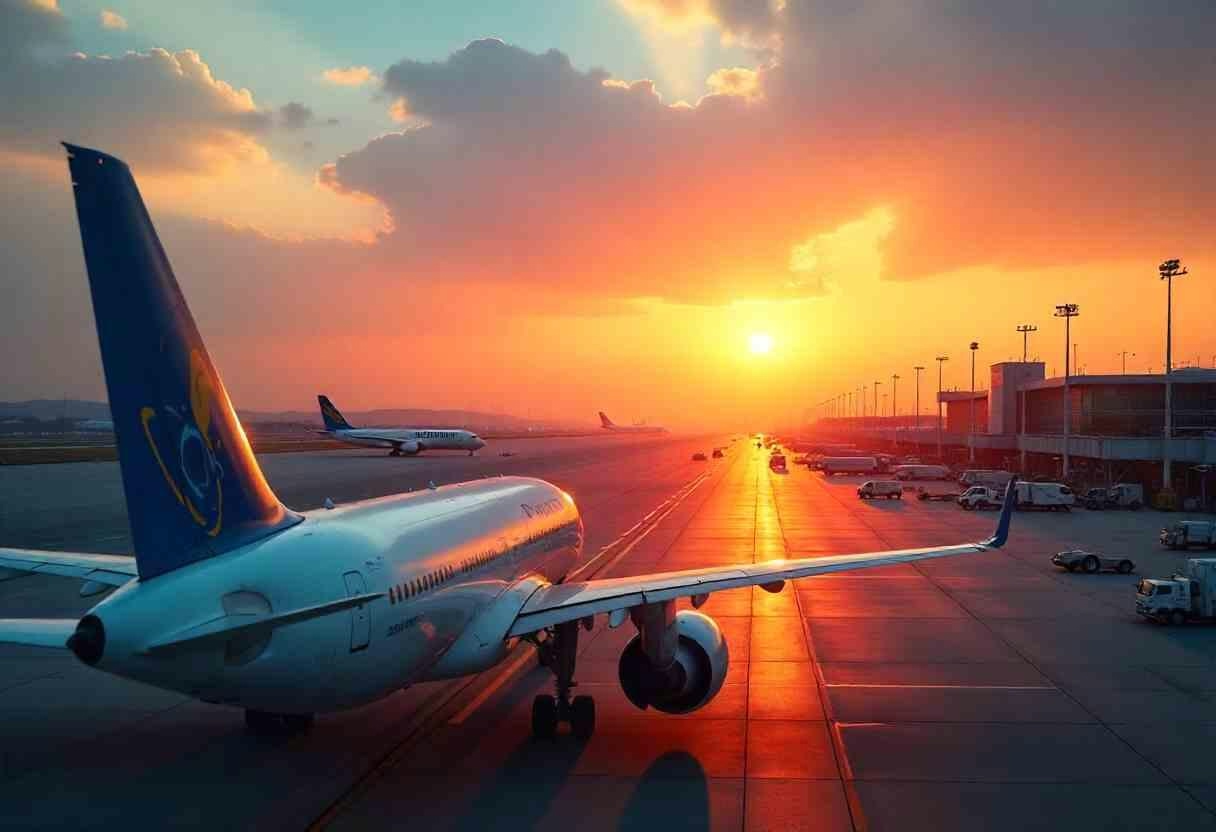
Aircraft Leasing Market Expected to Grow Amid Changing Tourism and Fleet Demands

Sentient Jet Introduces Cryptocurrency Payments

Pentagram Designs Identity for eVTOL Company Vertical Aerospace
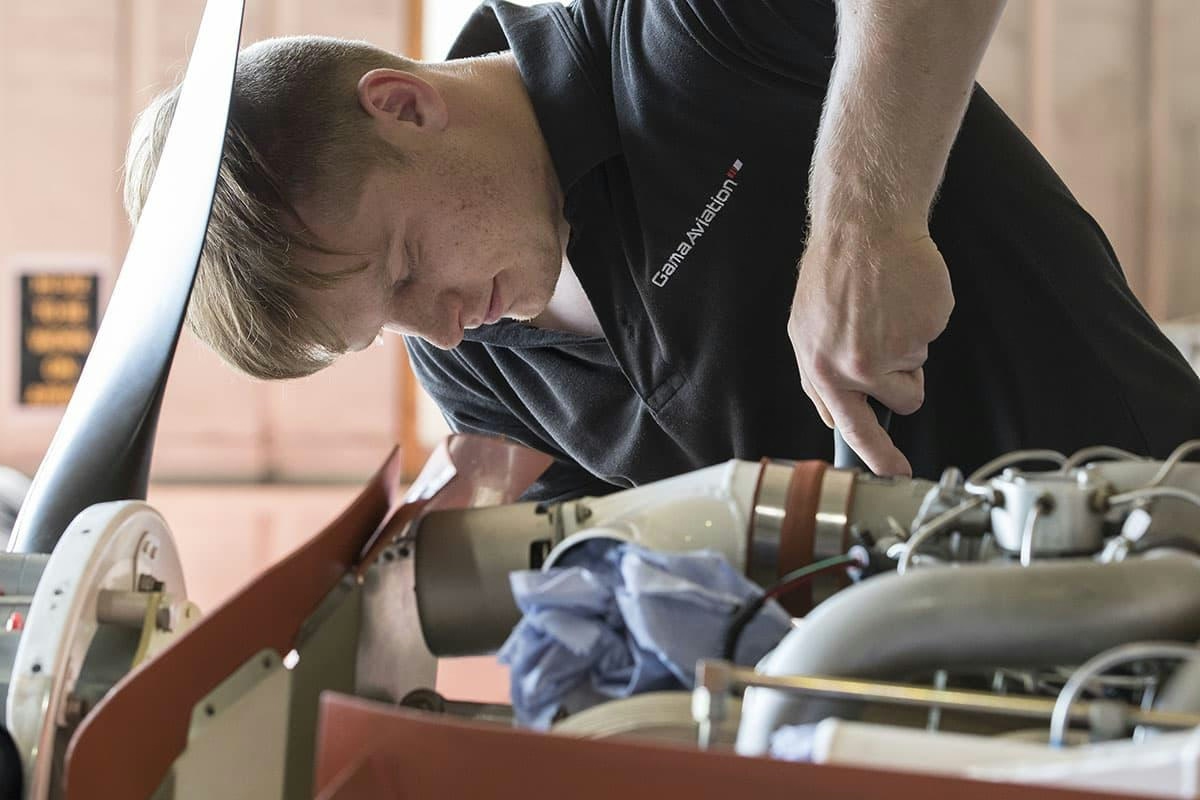
Gama Aviation Expands Services with New Paintshop at Staverton
